Created in 1976 by Etsuzo Shitara in Japan, in more than 40 years the Japanese brand Beams has built a real empire in Japan. What started as a small concept store in Harajuku called American Life Shop Beams, today represents 160 own-name shops, 4 labels and a role as an ambassador of Japanese ready-to-wear on the world stage. Amongst these labels we will be looking at Beams Plus and its rich imagery between American looks from the 1960s and Japanese craftsmanship. Then we will talk about the genesis of this passion of the Japanese for American looks, especially Ivy League looks. A phenomenon very well described by W.David Marx in his book ” Ametora: How Japan saved American style “.
BEAMS
Remnant of America in the 1960s
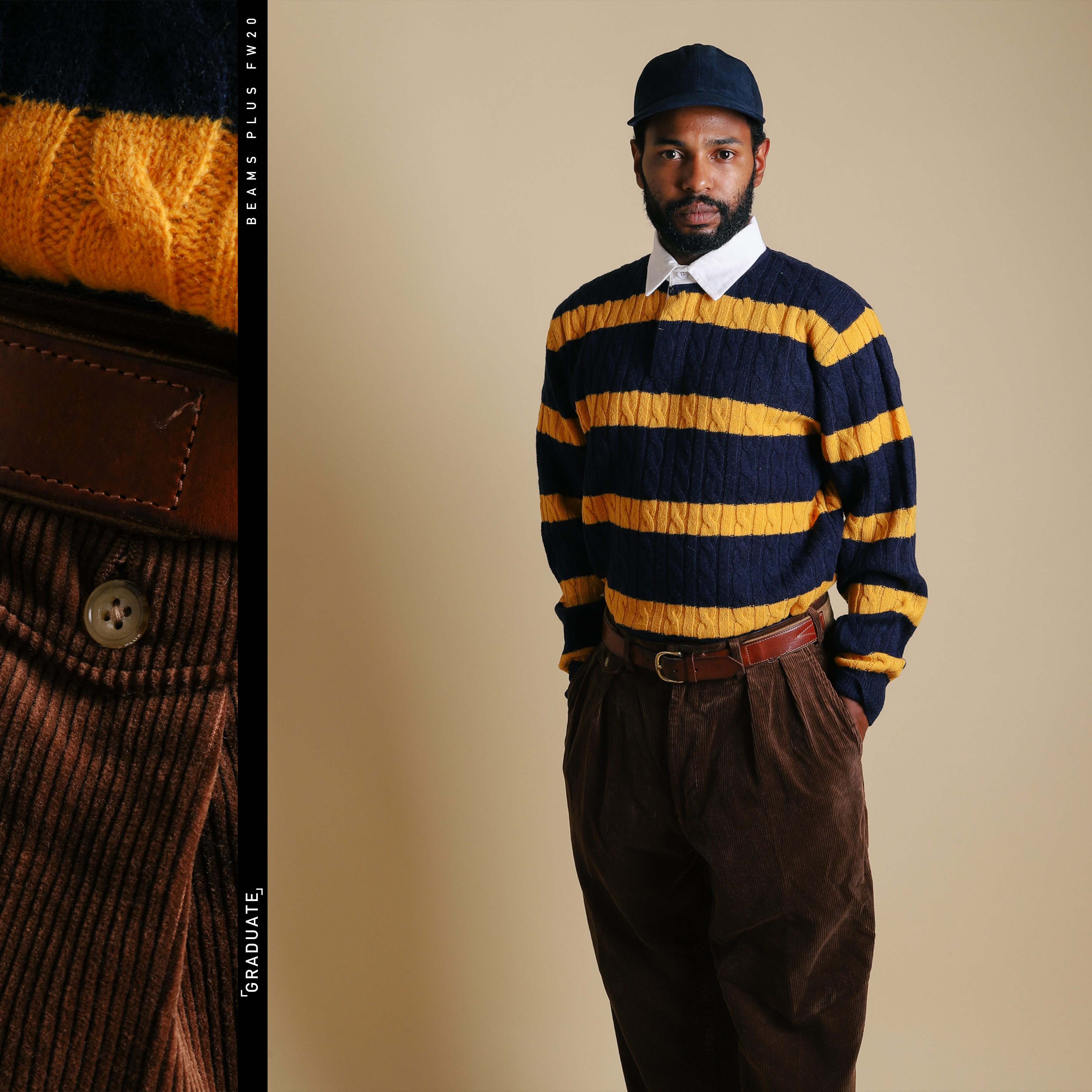
Beams plus is a range of products that was launched in 1999, 23 years after the creation of the company. It’s the guilty pleasure of the big Beams family. This is what the Beams teams like to wear. A very strong identity inspired by the American looks that could be seen during the Glorious Thirties. American Preppy, Ivy League, Workwear and so on, the salvation of American style ironically comes from Japan.
Japanese knowledge

Ironic … perhaps, illogical … certainly not so much because Japanese people are passionate about clothes. Today the Japanese craftsmanship has become a reference in the making of many items specific to the USA. The denim with their famous Japanese raw fabric which makes all the amateurs of good denim salivate, the workwear with the classic Work Four pockets jackets, the Military outfit with the famous Jungle jackets and trouser fatigue in particular. The Americans invented the utilitarian garment but it is indeed the Japanese who brought its letters of nobility to it.
What about Beams Plus?
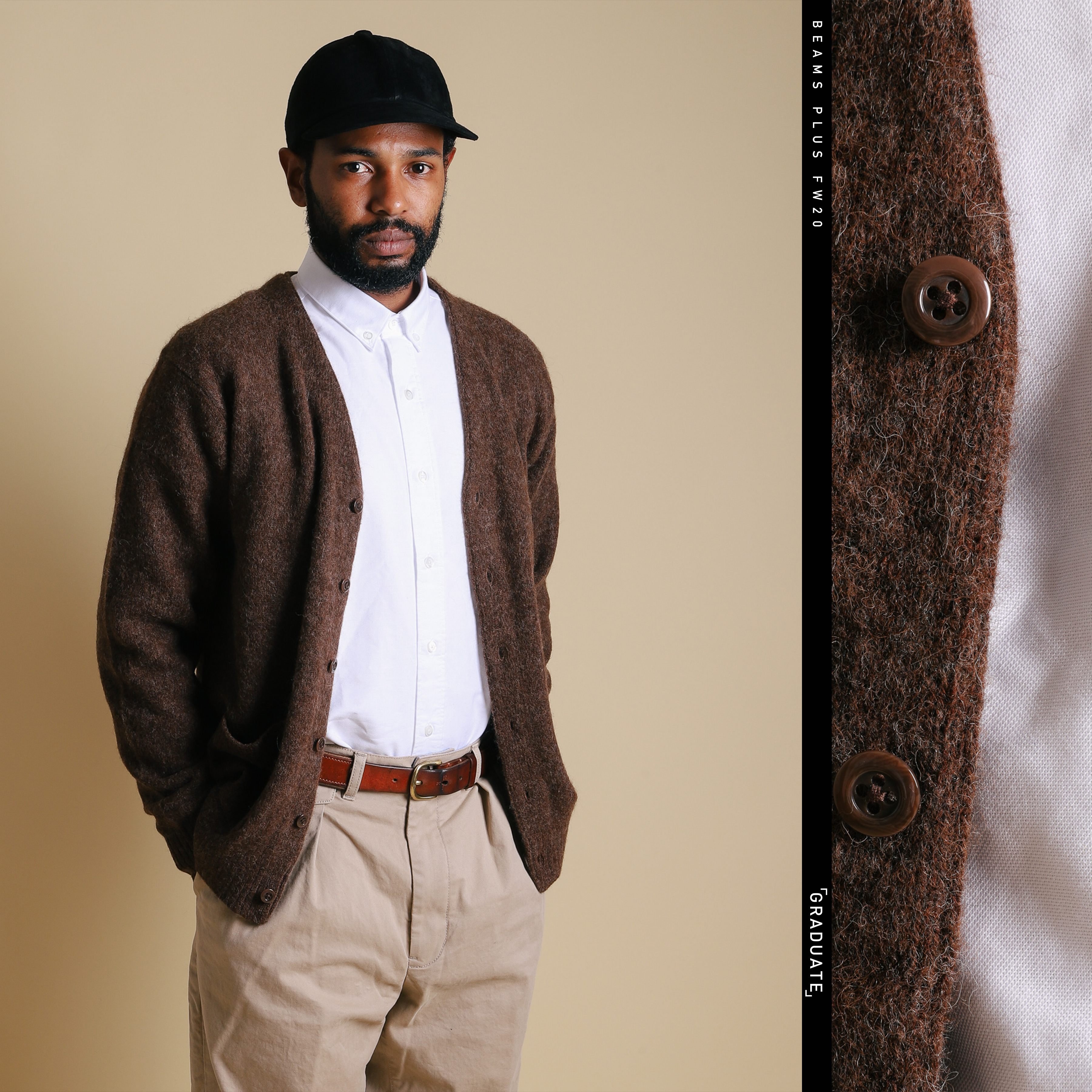
Let’s give way to the words of Yo Shitara, son of Etsuzo the founder of Beams: “I grew up with the idea of the American dream. I developed Beams with the image of the American student of the 50’s in mind, and the first shops developed on this desire for American lifestyle, then the brand evolved and took a street and casual turn. Beams Plus is now here to return to its point of origin and traditions, by looking for inspiration from the 40s to the 60s and renewing the genre”. This sums up the aesthetics and the idea behind Beams Plus.
AMETORA

How Japan saved American style, Ametora is the name of the book written by W. David Marx. A fascinating reading about the Japanese attraction to American textiles and the culture that goes with it. We summarize the intro of the latter, which explains to us the arrival of this movement in post-war Japan.
1964
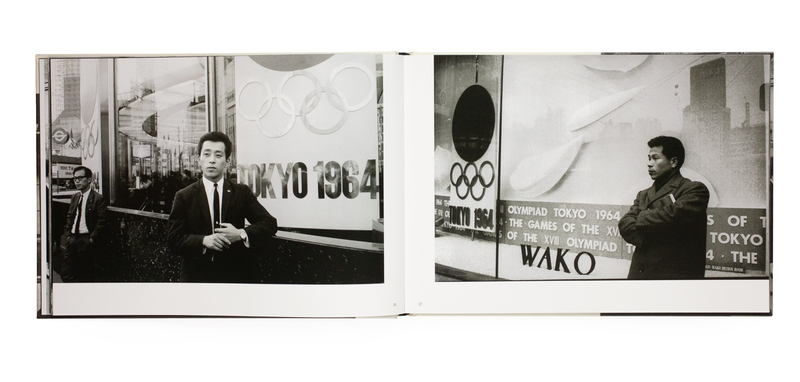
Photo by Ko Ito
This famous love story between American textiles and Japanese youth was born in the summer of 1964, when Japan was selected to organise the Summer Olympics. Determined to show the millions of expected visitors that Japan had recovered from the Second World War, the organisation redoubled its efforts. The aim was to present a futuristic country with modern architecture and occidental restaurants. The country wanted to make Ginza the jewel of the city and to do so, eliminate all visible traces of post-war poverty.
Ginza
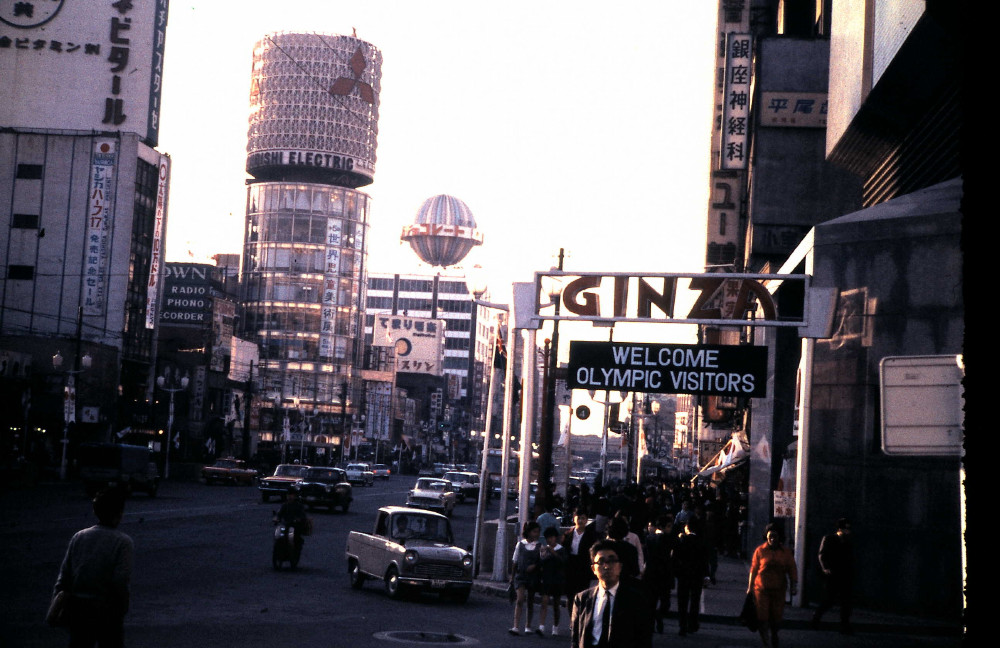
Considered like one of the most attractive part, Ginza, located in the district of Chūō was the spearhead of the organisers. Pretty shopping malls, fancy coffee shops and luxury shops, community leaders even went so far as to remove the wooden bins and put in more modern plastic ones. This modernization continued until August to make the neighborhood as chic as possible. Until one day, the police received calls that were surprising, to say the least.
From Ivy to Aibii

““There are hundreds of Japanese teenagers wandering around the neighbourhood dressed in strange clothes”. When the police went to the scene, they discovered young people with button-down shirts, cropped chinos, colourful tartans and madras, brogues, haircuts with 7/3 parting. The agents encountered the aibii style, a distortion of the English word “Ivy” (the Ivy League look is a style born on American campuses). Throughout the summer, magazines ran a series of scandalous headlines blaming these young people who were hanging out in Ginza, nicknaming them the Miyuki Tribe (Miyuki zoku). Rather than studying, the Miyuki preferred to chase, shop and flirt, can you blame them? (Maybe a little)
An end as a beginning
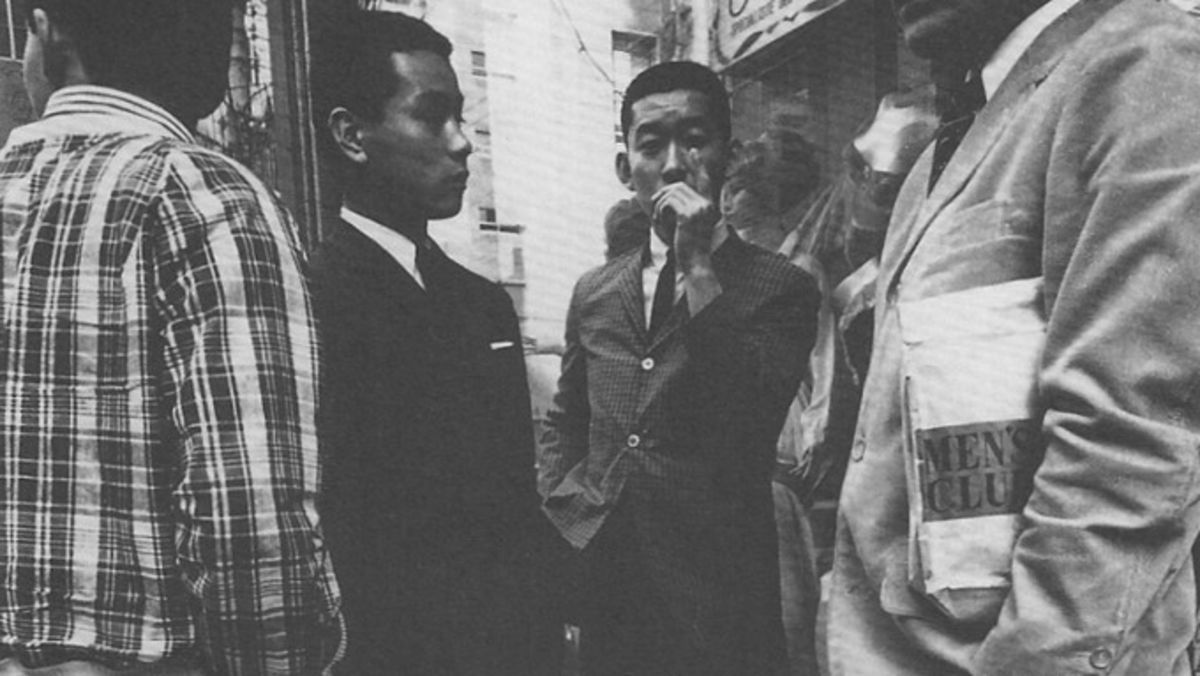
The media attacked the Miyuki severely and unanimously, considering them as young delinquents. Their biggest crime, putting sticks in the Japanese Olympic dream that was supposed to bring them back to the international community. Shopkeepers complained that the youths were harming local commerce and elected officials feared that foreign diplomats would pass them on their way to sports stadiums. Everyone thought that without intervention, Ginza would become a ” home of evil “. And on the night of 12 September 1964, one month before the opening ceremony of the Olympic Games, a vast operation was launched to stop the Miyuki Tribe. They arrested anyone wearing a Button-down or a JFK haircut. More than 200 arrests later the adults had won the battle. But the Japanese youth won the war.
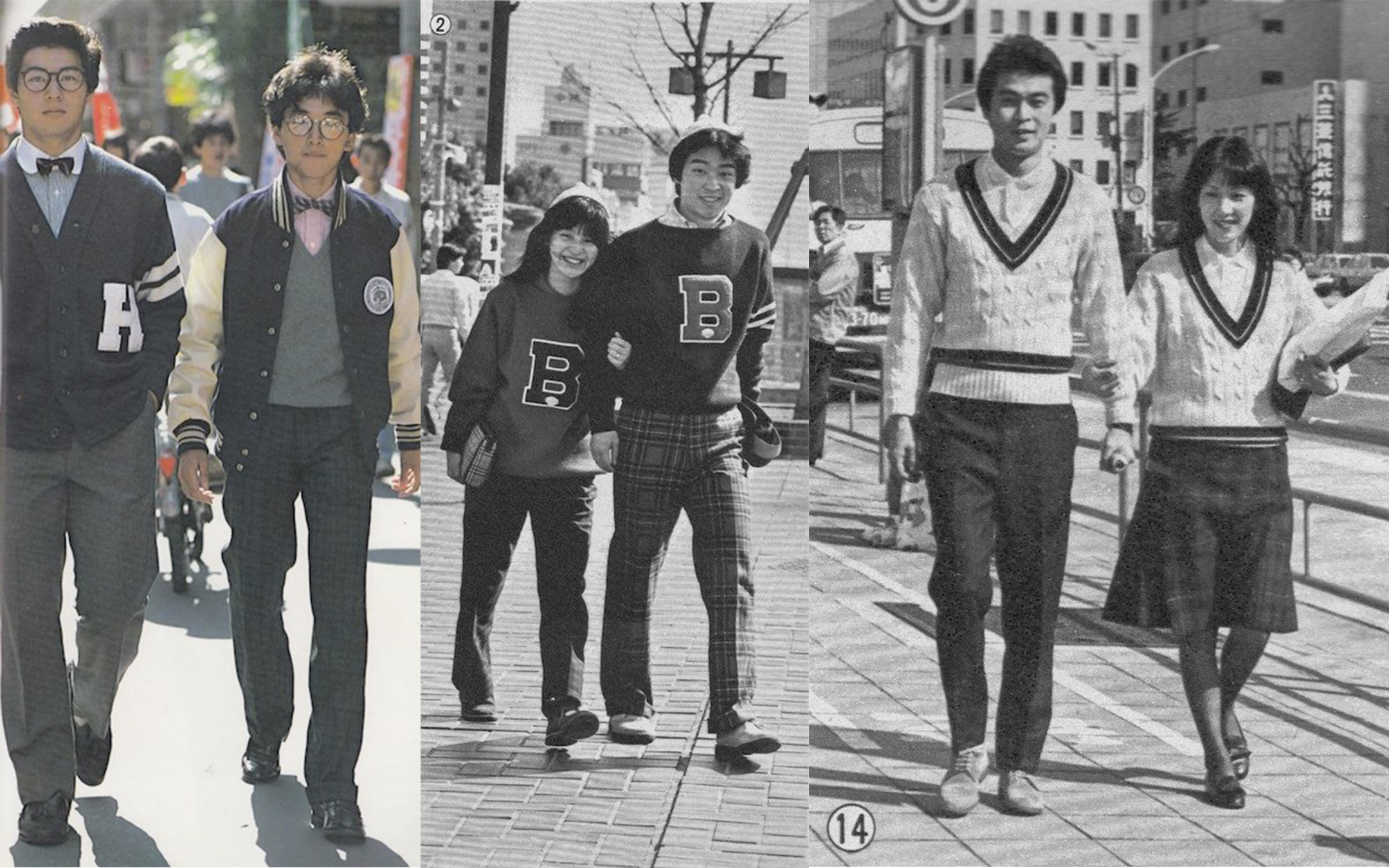
Since this conquest of Ginza by the Miyuki Tribe and the Ivy League look, the Japanese proved to the world that they had a say in fashion. From the abolition of the uniform to the American dream of Etsuzo Shitara, the Japanese have earned their title as the ultimate clothing geeks.
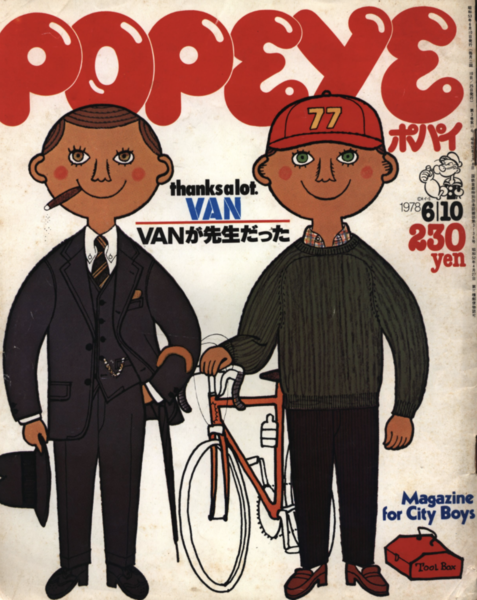
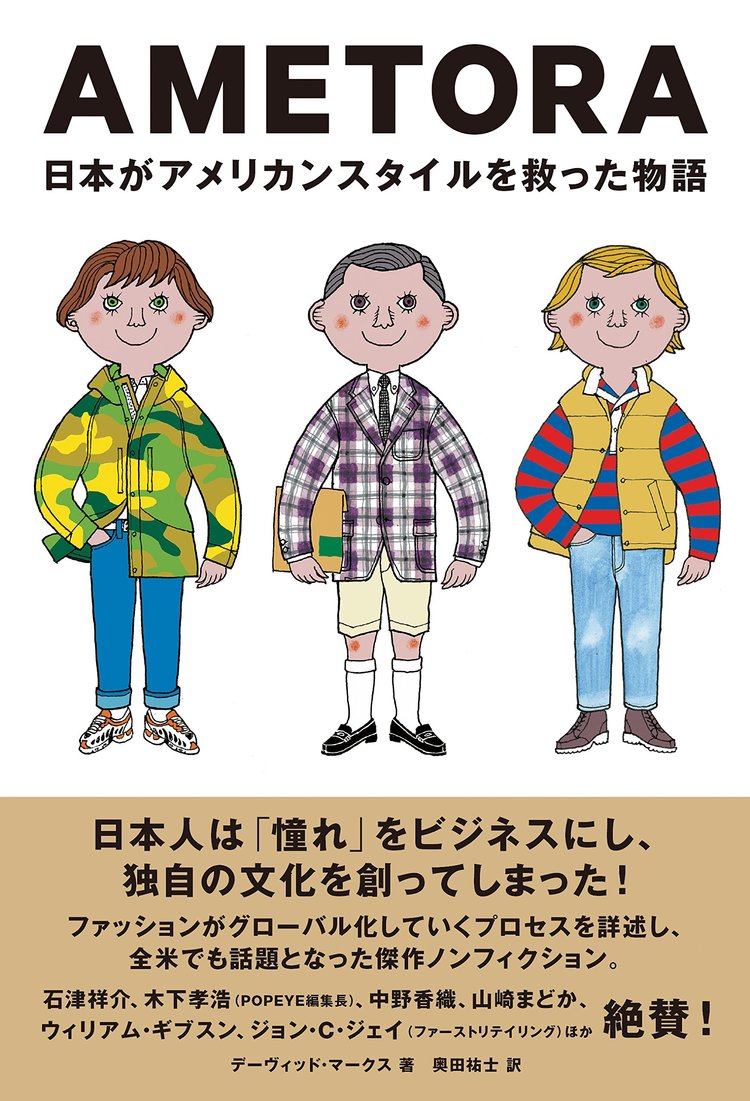
Par Simon Baumer-Poulain
